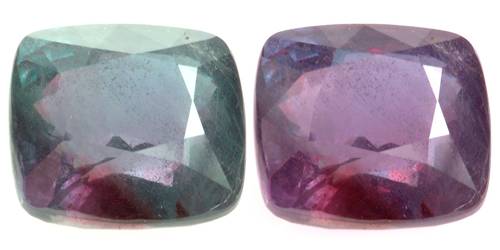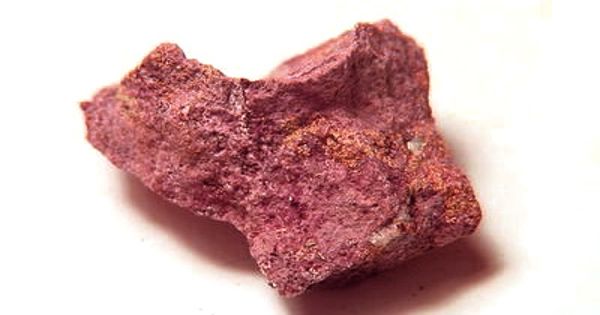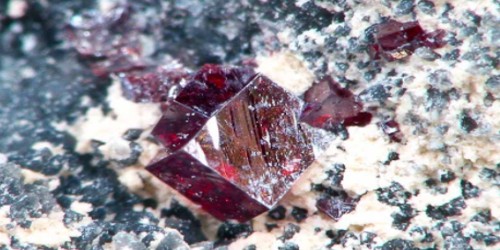Alexandrite
The alexandrite variety displays a color change dependent upon the nature of ambient lighting. Alexandrite, with its chameleon-like qualities, is a rare variety of the mineral chrysoberyl. Its color can be a lovely green in daylight or fluorescent light, changing to brownish or purplish red in the incandescent light from a lamp or candle flame. This is a result of the complex way the mineral absorbs light. It is a variety of Chrysoberyl the color of which varies between dark grass-green and emerald-green. It was named after Czar Alexander II.
General Information
- Color: Blue, Purple, Grey, Green, Red, Pink, Yellow
- Luster: Vitreous
- Birthstone zodiac sign: Gemini
- Associated month: June
- Crystal system: Orthorhombic crystal system
- Chemical formula: BeAl₂O₄
- Hardness (Mohs hardness scale): 8.5
Alexandrite effect is the phenomenon of an observed color change from greenish to reddish with a change in source illumination. It results from the small-scale replacement of aluminum by chromium ions in the crystal structure, which causes intense absorption of light over a narrow range of wavelengths in the yellow region (580 nm) of the visible light spectrum. Because human vision is most sensitive to green light and least sensitive to red light, alexandrite appears greenish in daylight where the full spectrum of visible light is present, and reddish in the incandescent light which emits less green and blue spectrum. This color change is independent of any change of hue with viewing direction through the crystal that would arise from pleochroism.

Occurrence
Alexandrite from the Ural Mountains in Russia can be green by daylight and red by incandescent light. Other varieties of it may be yellowish or pink in daylight and a Columbine or raspberry red by incandescent light.
Stones that show a dramatic color change and strong colors (e.g. red-to-green) are rare and sought-after, but stones that show less distinct colors (e.g. yellowish green changing to brownish yellow) may also be considered “alexandrite” by gem labs such as the Gemological Institute of America.
According to a popular but controversial story, alexandrite was discovered by the Finnish mineralogist Nils Gustaf Nordenskiöld (1792–1866), and named in honor of the future Tsar Alexander II of Russia. Nordenskiöld’s initial discovery occurred as a result of an examination of a newly found mineral sample he had received from Perovskii, which he identified as emerald at first. The first emerald mine had been opened in 1831.
Properties
Alexandrite 5 carats (1,000 mg) and larger were traditionally thought to be found only in the Ural Mountains, but have since been found in larger sizes in Brazil. Other deposits are located in India (Andhra Pradesh), Madagascar, Tanzania, and Sri Lanka. Alexandrite in sizes over three carats are very rare.
Today, several labs can produce synthetic lab-grown stones with the same chemical and physical properties as natural alexandrite. Several methods can produce flux-grown alexandrite, Czocchralski (or pulled) alexandrite, and hydrothermally-produced alexandrite. Flux-grown gems that are fairly difficult to distinguish from natural alexandrite as they contain inclusions that seem natural. Czochralski or pulled alexandrite is easier to identify because it is very clean and contains curved striations visible under magnification. Although the color change in pulled stones can be from blue to red, the color change does not truly resemble that of natural alexandrite from any deposit. Hydrothermal lab-grown alexandrite has identical physical and chemical properties to real alexandrite.
Some gemstones falsely described as lab-grown synthetic alexandrite are actually corundum laced with trace elements (e.g., vanadium) or color-change spinel and are not actually chrysoberyl. As a result, they would be more accurately described as simulated alexandrite rather than “synthetic”. This alexandrite-like sapphire material has been around for almost 100 years and shows a characteristic purple-mauve color change, which does not really look like alexandrite because there is never any green.
Information Source:
















